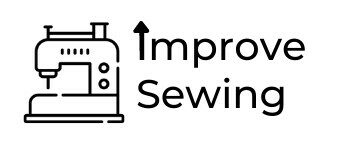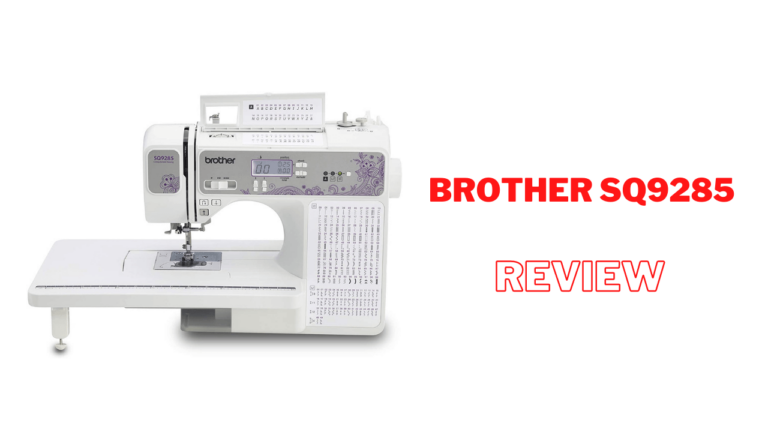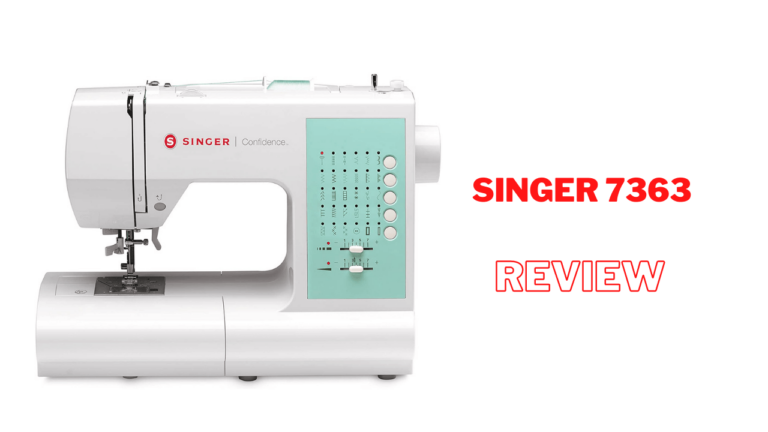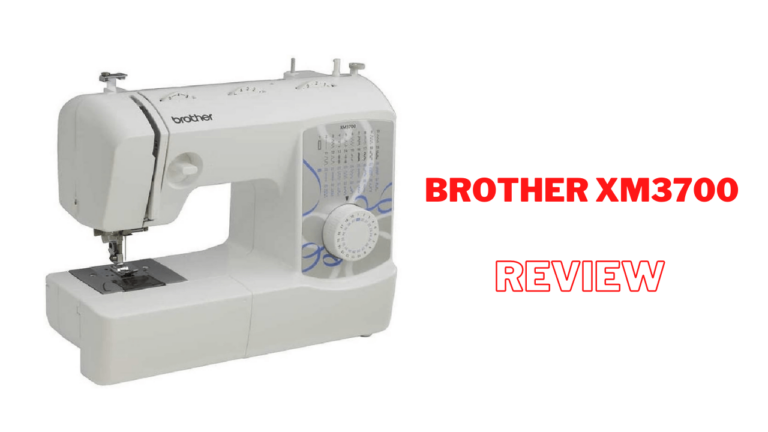How To Thread An Embroidery Needle?
An embroidery needle is a sewing needle with a very long eye, allowing it to carry multiple strands of embroidery floss.
Embroidery needles are usually between 10 and 16 inches in length. These longer needles make it easier to thread the needle by passing the thread through the hole in the eye a few times before you start embroidering—otherwise, the thread will become twisted around the eye.
“Threading the needle will make it easier for you to sew using your embroidery machine. If you don’t thread the needle, the floss might get tangled in the eye of the sewing machine. Thread an embroidery needle with a longer eye by pulling a few inches of the floss through the needle, folding it in half to form an “8” shape, and pulling it back up through the needle.”
What are good reasons for threading an embroidery needle?
There are many very good reasons that one should thread their embroidery needles. One major reason is that if you do not thread your needle, the floss will get tangled in the machine and cause major problems.
Another reason is that when you do not thread your needle with two strands of floss inside it; this allows for less stress on the stitching area. This in turn can prevent further damage to already existing seams or stitch lines that are beginning to run or be stressed.
Another very good reason to thread your needle is if you are stitching with a thick thread. If you do not thread it, the needle might get caught in the stitch plate of your machine and will cause major problems when moving forward with your project.
Now, let’s go through how to thread the embroidery needle:
Step 1:
Insert the white (or transparent) end of your thread into the eye of your needle, leaving about 1 cm (0,5in) of thread on the outside of the needle.
Step 2:
When you pull your thread through, make sure that the end is wrapped around your index finger, middle finger, and ring finger. You can use your thumb to help push it forward.
Step 3:
Then tauten the string by pushing it with your thumb towards the back of the needle. Your hand should be relaxed, don’t firmly hold or clench down on the thread!
The following steps are easier to do if you keep your wrist straight instead of putting it in a regular crook behind the needle. Try this once and you’ll see why!
Step 4:
The next movement will take some practice until you master it well enough to move your needle with almost no effort!
Push your wrapped thread forward with your fingers, towards the eye of the needle. This tightens the loop on your fingers and tightens it around the end of your string.
Step 5:
Now push your index finger through this loop (the one formed at step 4), but do not let go of the rest of the thread yet.
When you’ve put enough tension on it, you can let go of your pieces so that they land on top of each other, instead of letting them dangle.
Step 6:
Hold onto both ends with one hand while moving your hands apart until there is enough room for you to be able to stretch out both sides just a little more than 90 degrees apart from each other. It doesn’t matter which end goes into the eye of the needle first.
Step 7:
Put your needle in through one side and out on the other, while pushing the string forward at all times. Push until you feel (or see) that your needle is through both ends far enough for it to tighten when pulled to the opposite side!
Step 8:
Tighten up by pulling on both sides with even force until your thread is taut once again. Then put both threads onto a spool or a cotton reel if you’re making something like fishing line or tapestry yarn.
You can then cut off the excess thread after this step, but it’s advisable to keep some extra length for now if you’re not working with a spool.
Step 9:
You can now work with your needle just like you would normally do! It’s not the prettiest way to thread an embroidery needle but it’s one of the simplest ways!
If you’re still having trouble, try practicing with some scrap yarn or cotton threads until you get the trick!
Step 10:
Now you can tie your end of the string to the top of your spool if you’re using one. If not, do it once you’ve reached this step!
Note 1:
This is a trick I learned over 30 years ago, and it still works like magic today! It’s all about how to hold your hands (and fingers) in just the right way so that pulling tautens both ends at once.
The index finger will help tighten the thread around the first loop on your middle finger while pushing forward with your thumb helps tighten up the second loop formed by wrapping thread around longer pieces of yarn.
Once both loops are taut, tightening them further will cause them to tighten around each other instead of unwrapping. The result is a very taut thread that doesn’t have to be clamped down on with your other hand!
Note 2:
When I first taught this trick to my students, some had trouble wrapping the string around their fingers the right way. So if you try it once and can’t get it that easily, don’t worry – keep practicing until you master it well enough to move your needle with almost no effort!
Note 3:
Using a spool to fix the tension when making yarn is always a good idea, instead of using your fingers! This way you’ll have more time for stitching and less time playing around with cotton or hemp strings!
Conclusion:
I hope this helps someone out there stitch faster and easier. If you’ve got any other tricks that can help improve the speed and ease of threading an embroidery needle, please share them here in the comments section below. I’m looking forward to seeing how everyone manages their threads and needles, and what kinds of “hacks” they use while stitching!
Stay reading with us improvesewing.com




Great job, Your post is an excellent example of why I keep coming back to read your excellent quality point of view….